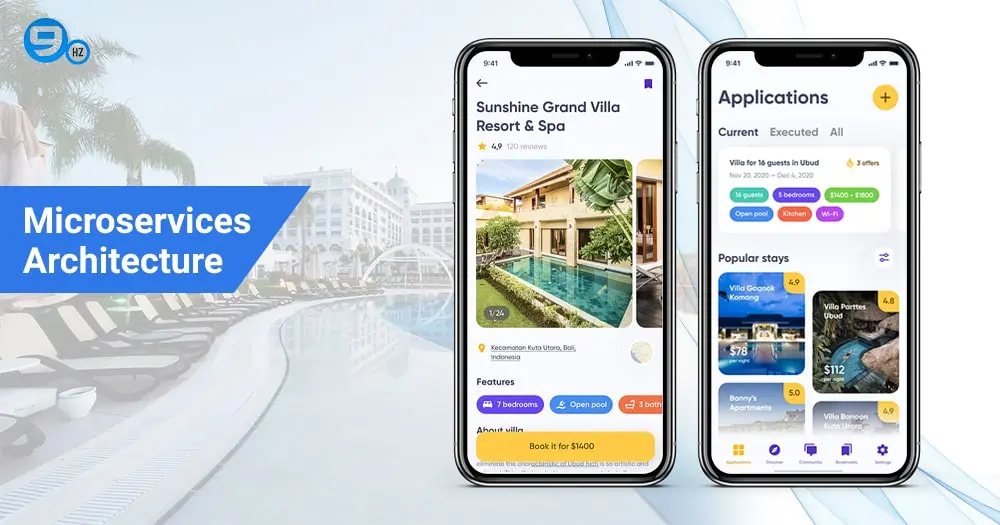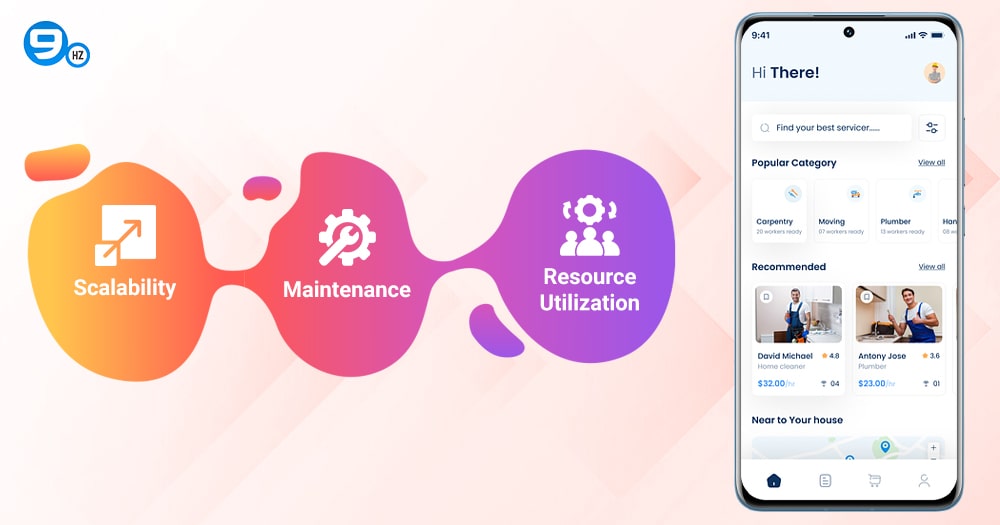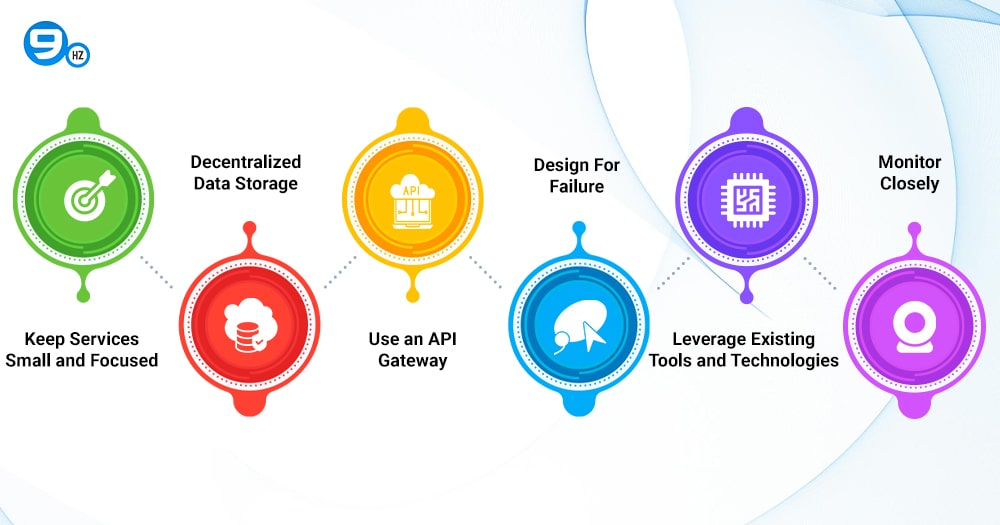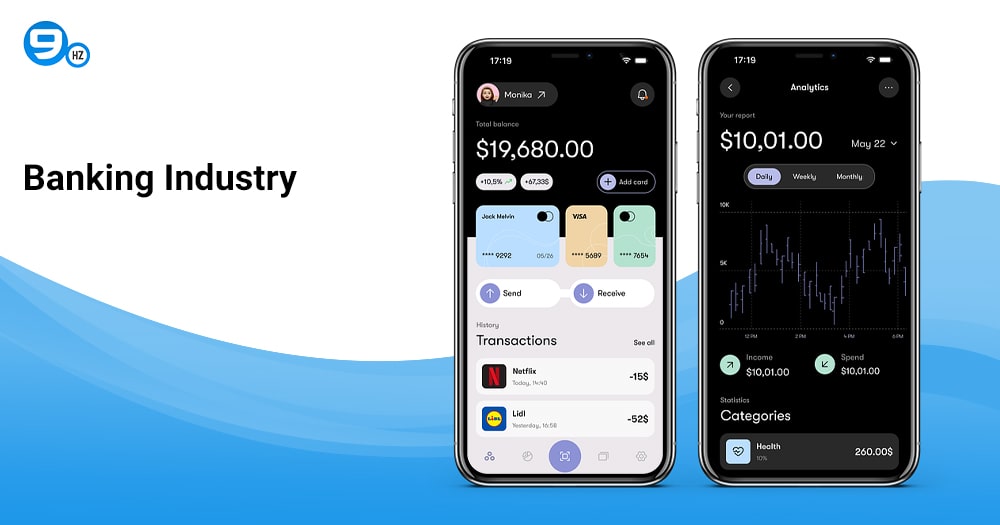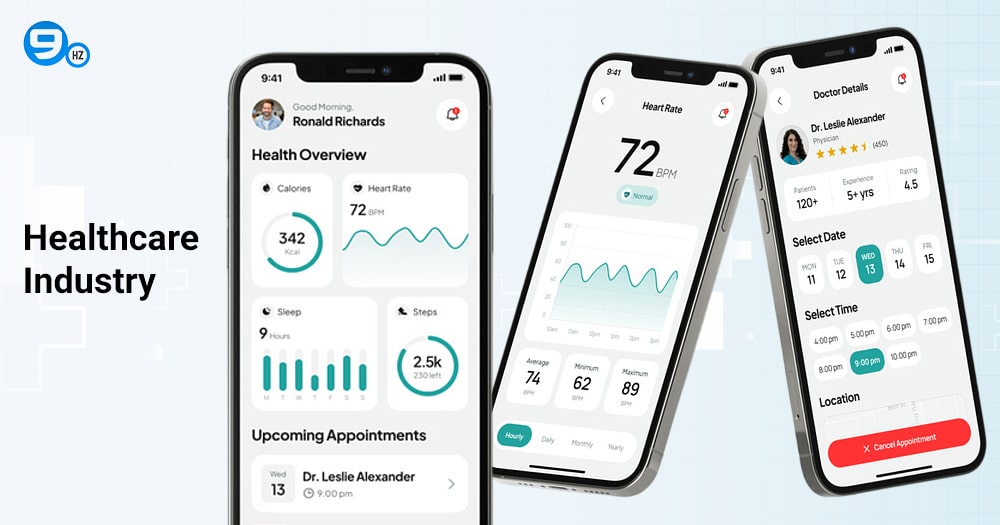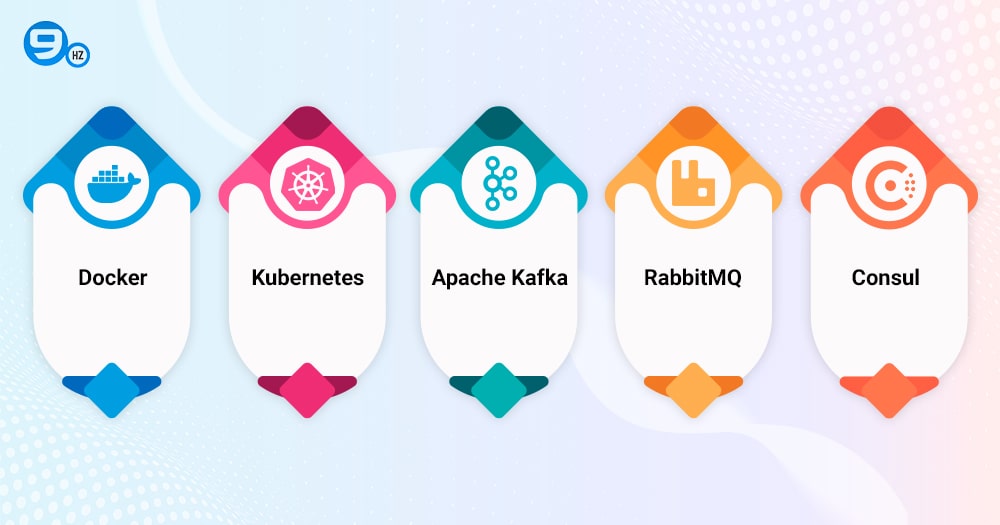As software engineering and development continue to evolve, microservices architecture is becoming increasingly popular due to its scalable and flexible nature. In this comprehensive guide, we’ll delve into the intricacies of microservices architecture and how it works. You’ll gain a thorough understanding of its primary components, the benefits and drawbacks of adopting it, and essential best practices for implementing it. By the end of this guide, you’ll be well-versed in the world of microservices and poised to make an informed decision for your business.
What is Microservices Architecture?
Microservices architecture is a software design approach that divides large applications into smaller, more independent services. This methodology allows development teams to create individual, scalable, and deployable modules that are integrated through APIs, enabling the parts of the application to communicate with each other seamlessly.
One of the primary advantages of microservices architecture is that development team can update each module independently, making it easier to fix bugs or scale specific parts of the application without taking down the entire system. This approach also provides more flexibility in terms of tech stack and programming languages, allowing each service to be written in the language and framework that best fits its needs.
Because of these benefits, microservices architecture has gained popularity among web developers as it enables faster, more efficient work and delivers improved user experience and better performance. If you are looking for microservices development services, The NineHertz one of the leading companies.
Microservices Vs. Monolithic Architecture
- Monolithic architecture is the conventional way of developing software, while microservices architecture is a modern approach to building applications.
- Monolithic architecture consists of a single codebase that integrates entire application components, such as the frontend, backend, and database, into one tightly-coupled unit. This results in difficulties in maintaining the codebase as any changes in one component can impact the entire application. Additionally, scaling the monolithic architecture is challenging since all components need to be scaled together.
- On the other hand, microservices architecture involves the creation of several independent services, each of which performs a specific task. These services are written in different programming languages and deployed separately. As a result, modifications made to one service do not affect rest of the services, making the architecture more manageable. Moreover, it allows for independent scaling of services, making it easier to scale the overall application.
Despite its numerous benefits such as greater maintainability and scalability, microservices architecture can be intricate and require more design effort upfront. Therefore, developers must carefully evaluate their particular use case before determining the best architecture for their application. This is especially crucial for software development companies in the USA, where tailored solutions are often sought to meet specific business needs and industry standards.
How Does Microservices Architecture Work?
Microservices architecture breaks down large and complex applications into smaller and more manageable microservices. Each microservice is an independent unit that performs a specific task and can be developed, tested, managed, and deployed independently from other services.
These individual microservices interact with each other using API gateway, which allows them to function together as a complete application. By splitting up the application into smaller components, it becomes easier to create, test, deploy, and maintain the application. This enables developers to work on different parts of the application concurrently without impacting other parts.
Furthermore, each microservice follows specific design principles to ensure that it is decoupled from the rest of the system. This allows for independent changes or replacements of each microservice without affecting the entire application. Since each microservice operates in its own environment, it can be scaled individually without affecting the system’s overall performance.
Microservices architectures also offer fault tolerance by isolating failures to a specific service. If a service fails, it can be removed and replaced quickly with minimal disruption to the other services. This ensures that the application remains available and can handle changes more efficiently.
What are the Key Benefits of Microservices Architecture?
Microservices architecture offers several significant benefits to both developers and businesses.
1. Scalability
One of the key advantages is scalability, as breaking applications down into individual services allows for easier expansion and adaptation to changing business needs. In addition, the independent nature of microservices architecture facilitates faster development and deployment times, enabling businesses to rapidly respond to customer demands and market trends.
2. Maintenance
Another major advantage of microservices architecture is improved maintenance. By working in small, isolated teams focused on specific microservices, developers can more easily identify and address issues, reducing the risk of bugs and downtime. Additionally, since each service is designed to operate independently, changes made to one service will not impact the functioning of other services, making it easier to update and modify applications without disrupting the entire system.
3. Resource Utilization
Microservices architecture promotes efficient resource utilization by enabling each service to be independently deployed and managed. This results in lower operational costs and better use of resources, while still allowing for scalability when needed. Overall, microservices architecture offers a flexible and scalable approach to application development that can help businesses to remain competitive in a rapidly evolving technological landscape.
Best Practices for Designing Microservice Architectures
To design a successful microservices architecture, it’s important to plan carefully and consider several elements. Below are some best practices to keep in mind when designing and developing a microservice architecture:
1. Keep Services Small and Focused
Microservices should be small and focused on a single task. This makes them more independent of other multiple services and more resilient to changes.
2. Decentralized Data Storage
Each microservice should have its data store, making it easier to scale and modify particular service without impacting the entire system.
3. Use an API Gateway
An API gateway routes requests to the appropriate microservices and serves as a point of access control, allowing you to control who can access which services.
4. Design for Failure
Plan for failure and make sure each service is resilient and can recover quickly if it fails. Techniques like circuit breakers can limit the impact of failures on the entire system.
5. Leverage Existing Tools and Technologies
Take advantage of existing solutions when possible rather than reinventing the wheel.
6. Monitor Closely
Close monitoring is crucial to identify issues quickly and take corrective action before they become a significant problem.
Microservices Architecture Examples
It’s mind-blowing to think about how quickly microservices architecture has gained popularity among software developers. Let’s take a look at some of the industries where microservices are being utilized.
1. eCommerce
Amazon’s retail platform is a prime example of a successful microservices architecture. By breaking down the platform’s various components into individual services, they’ve been able to provide a seamless shopping experience for customers. This innovative approach has significantly contributed to their leadership in e-commerce business ideas.
2. Banking Industry
Banking platforms like Paypal have implemented microservices to develop more secure and reliable applications. By dividing each task into its own service, they can easily roll out updates and fixes while maintaining high levels of security.
3. Healthcare Industry
Healthcare providers, including healthcare software development companies are also hopping on the microservices bandwagon to improve patient care and operational efficiency. Take the Mayo Clinic, for instance. They’ve developed a microservices architecture to streamline communication between providers and patients. It’s amazing how technology can make such a huge impact on people’s lives.
4. Automotive Industry
Automakers like Ford and Mercedes-Benz are using microservices architectures to create innovative connected car solutions. These architectures enable them to quickly deploy new features and updates without taking the car offline or disrupting service.
All in all, these examples show just how versatile microservices architecture can be. As more and more industries adopt this technology, we’re sure to see even more mind-blowing applications in the future.
Top Microservices Tools
Building a microservices architecture can be a daunting task, but luckily there are a plethora of tools available to make the process more manageable. From development to deployment and monitoring, the options seem endless. Here are some of the top microservices tools:
1. Docker
Docker is like a magical toolbox for developers, allowing them to build, deploy, and manage containers that house applications or services. It’s incredibly popular and helps developers build microservices with ease and speed.
2. Kubernetes
Kubernetes is an open-source platform that helps orchestrate deployments of microservices. It enables scaling, logging, and monitoring, making it a popular choice for developers.
3. Apache Kafka
Apache Kafka is a distributed streaming platform that helps developers build reliable, scalable, and distributed applications. It’s often used for building data pipelines between microservices, which can be tricky but Kafka makes it less so.
4. RabbitMQ
RabbitMQ is like a messenger between applications that enables them to communicate via a messaging queue. This asynchronous communication is essential for reducing latency and increasing throughput between microservices.
5. Consul
Consul is a service discovery tool that helps register, discover, and monitor services in distributed systems. It allows applications to connect to each other in a secure and reliable manner, making it easier to build complex microservice architectures.
These top tools are just the tip of the iceberg. With so many options available, developers can mix and match to find the perfect combination for their microservice architecture needs.
Conclusion: Develop a Microservices Architecture
Microservices architecture is all the rage in the software development world, and for good reason. It has become increasingly popular due to its impressive ability to enhance scalability, agility, and maintainability. By adopting the right mindset and leveraging the right tools, software development companies in India developers can take full advantage of microservices architecture to quickly develop robust applications that deliver an excellent customer experience.
FAQ: Microservices Architecture
Q1. What are Microservices?
Microservices is an architectural style that involves developing a software application as a suite of independently deployable, small, modular services that work together to deliver the desired functionality. Each service is focused on performing a single task or a group of related tasks.
Q2. What are the Key Components of a Microservice?
The key components of a microservice are its independence, scalability, fault tolerance, and API-driven communication. Each microservice is deployed independently, can be scaled horizontally, is designed to handle faults, and communicates with other services via APIs.
Q3. What are the Types of Microservices?
Some popular types of microservices include process-oriented, data-oriented, task-oriented, and event-driven microservices. Process-oriented microservices are like mini-processors, focused on executing a specific process or workflow. Data-oriented microservices, on the other hand, are designed to handle data and database operations. Task-oriented microservices are task-specific, and are utilized to perform a specific task or action. Finally, event-driven microservices are event-specific and are triggered by specific events or messages.
Q4. What is a Real-life Example of Microservices?
Microservices architecture enabled Netflix is a prime example of a company that utilizes microservices to deliver its streaming service. Each microservice in the system performs a specific function, such as user authentication, video transcoding, or content delivery. For instance, the recommendation engine is a microservice that suggests movies or TV shows to the user. Similarly, the transcoding microservice is responsible for converting videos into different formats for different devices. By breaking down the system into smaller, manageable microservices, Netflix can update particular service without affecting the entire system.
Q5. Why Should We Use Microservices?
Microservices provide numerous benefits to organizations. They enable rapid development and deployment of new features, enhance flexibility, scalability, maintainability, and resilience. Microservices also allow for easier integration with other systems and can improve fault tolerance by isolating individual services. Furthermore, they facilitate team collaboration and faster innovation, as teams can work independently on different microservices.
Great Together!
